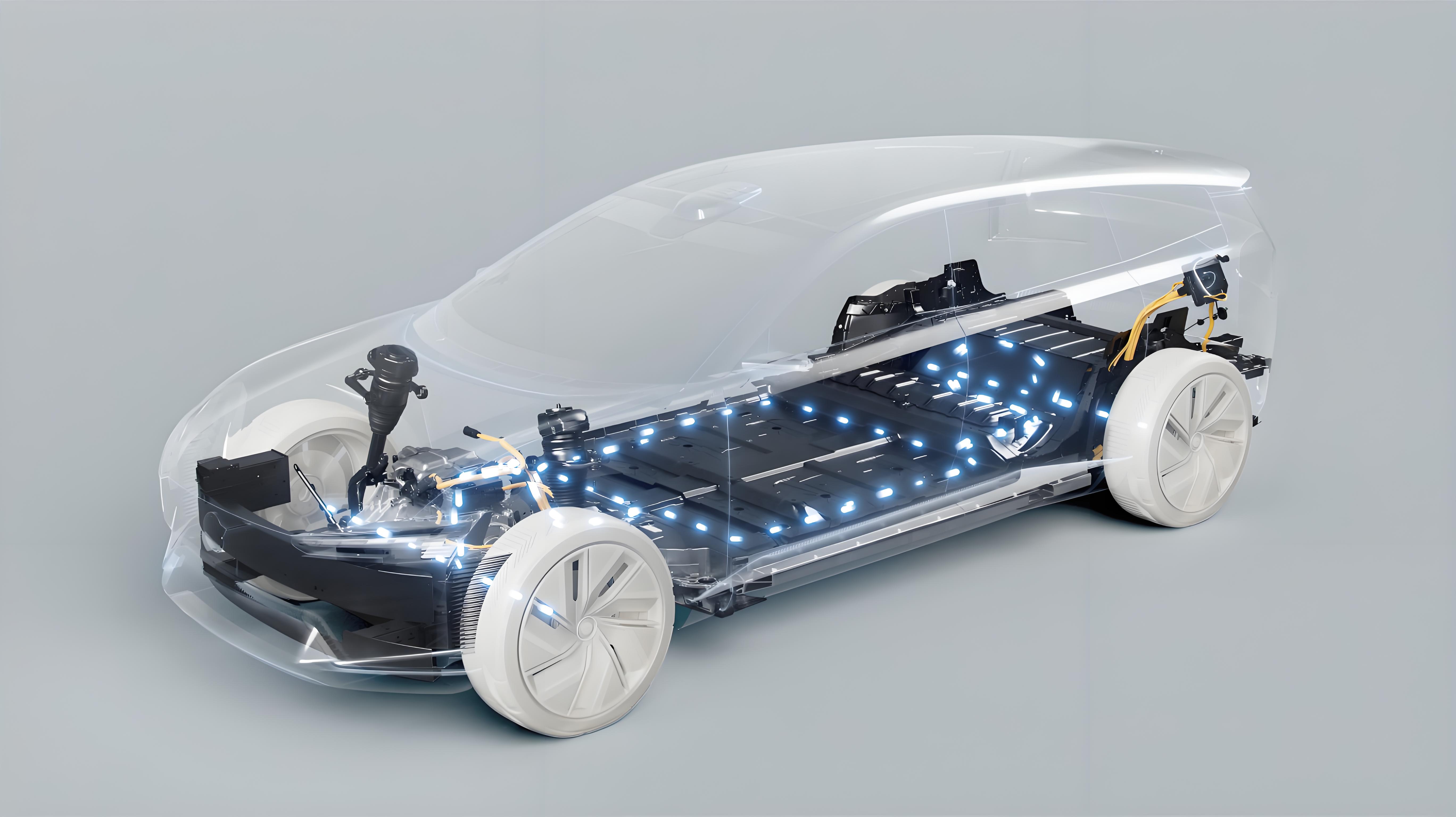China Locomotive Starter Battery life: Efficient Power for Your Train
As trains are one of the most important modes of transportation for people and goods, it is vital that they are powered by efficient and reliable systems. Among these systems is the locomotive starter battery, which provides the initial power needed to start the train’s engine. In this article, we will explore the importance of locomotive starter batteries and how they work, as well as the different types available on the market.
The locomotive starter battery is a vital component of a train’s electrical system. It provides the initial power needed to start the engine, after which the alternator takes over and powers the train’s electrical systems. Without a functioning starter battery, a train would not be able to start its engine, which would lead to delays and potentially cause safety issues.
The basic principle behind the locomotive starter battery is that it stores electrical energy in chemical form, which can then be released as electrical energy when needed. The battery is made up of a series of cells, each containing lead plates that are immersed in a solution of sulfuric acid. When the battery is charged, the lead plates become coated with lead sulfate, which stores the electrical energy. When the battery is discharged, the sulfuric acid reacts with the lead sulfate to create lead oxide and sulfuric acid, which releases the stored electrical energy.

There are several different types of locomotive starter batteries available on the market, each with its own advantages and disadvantages. The most common type is the lead-acid battery, which is relatively inexpensive and has a long life span. However, lead-acid batteries require regular maintenance and can be heavy. Lithium-ion batteries are another option, which are lighter and require less maintenance, but they can be more expensive and have a shorter life span.
When choosing a locomotive starter battery, it is important to consider factors such as the train’s weight and power requirements, as well as the battery’s voltage and capacity. It is also important to choose a battery that is compatible with the train’s charging system and electrical requirements.
In conclusion, the locomotive starter battery is a vital component of a train’s electrical system, providing the initial power needed to start the engine. There are several different types available on the market, each with its own advantages and disadvantages. When choosing a battery, it is important to consider factors such as the train’s weight and power requirements, as well as the battery’s voltage and capacity. With the right starter battery, trains can run efficiently and reliably, ensuring the safe and timely transportation of people and goods.
-
 Introduction: With the increasing demand for renewable energy sources and electric vehicles, the need for efficient and reliable battery charging solutions has become essential. The 48V LiFePO4 battery charger offers a cutting-edge solution to address these needs. This article will delve into the features, advantages, and applications of this charger. Features: The 48V LiFePO4 battery charger is designed with...En savoir plus
Introduction: With the increasing demand for renewable energy sources and electric vehicles, the need for efficient and reliable battery charging solutions has become essential. The 48V LiFePO4 battery charger offers a cutting-edge solution to address these needs. This article will delve into the features, advantages, and applications of this charger. Features: The 48V LiFePO4 battery charger is designed with...En savoir plus -
 Les stations de base de communication jouent un rôle crucial dans la fourniture de services de communication sans fil fiables. Ces stations nécessitent une alimentation électrique continue pour assurer un fonctionnement ininterrompu. Traditionnellement, les batteries au plomb sont utilisées comme principale source d’alimentation pour les stations de base. Cependant, les progrès récents dans la technologie des batteries au lithium ont révolutionné l’industrie. Les batteries au lithium offrent de nombreux avantages par rapport aux batteries au plomb, notamment une énergie plus élevée...En savoir plus
Les stations de base de communication jouent un rôle crucial dans la fourniture de services de communication sans fil fiables. Ces stations nécessitent une alimentation électrique continue pour assurer un fonctionnement ininterrompu. Traditionnellement, les batteries au plomb sont utilisées comme principale source d’alimentation pour les stations de base. Cependant, les progrès récents dans la technologie des batteries au lithium ont révolutionné l’industrie. Les batteries au lithium offrent de nombreux avantages par rapport aux batteries au plomb, notamment une énergie plus élevée...En savoir plus -
 Today, as the electric vehicle industry is booming, lithium-ion automotive batteries play an important role as the core power source. This article will provide an in-depth analysis of the technical composition, performance characteristics, and current market conditions of lithium-ion automotive batteries, but will not cover specific application areas, innovative technologies, and future prospects. Technical Composition Lithium-ion automotive batteries are mainly...En savoir plus
Today, as the electric vehicle industry is booming, lithium-ion automotive batteries play an important role as the core power source. This article will provide an in-depth analysis of the technical composition, performance characteristics, and current market conditions of lithium-ion automotive batteries, but will not cover specific application areas, innovative technologies, and future prospects. Technical Composition Lithium-ion automotive batteries are mainly...En savoir plus -
 The rated capacity of a starter battery indicates the amount of electrical charge that the battery can store and deliver to start an engine. This capacity is usually measured in ampere-hours (Ah) or cold cranking amperes (CCA). The Ah rating of a battery indicates how many amps it can deliver for one hour before it needs to be recharged....En savoir plus
The rated capacity of a starter battery indicates the amount of electrical charge that the battery can store and deliver to start an engine. This capacity is usually measured in ampere-hours (Ah) or cold cranking amperes (CCA). The Ah rating of a battery indicates how many amps it can deliver for one hour before it needs to be recharged....En savoir plus -
 As technology advances, more and more electronic devices are being introduced into our daily lives. With the increasing demand for these devices, the need for more efficient and long-lasting batteries has become a priority. Lithium iron phosphate (LiFePO4) batteries have gained popularity due to their high energy density, low self-discharge rate, and long cycle life. In this article, we will...En savoir plus
As technology advances, more and more electronic devices are being introduced into our daily lives. With the increasing demand for these devices, the need for more efficient and long-lasting batteries has become a priority. Lithium iron phosphate (LiFePO4) batteries have gained popularity due to their high energy density, low self-discharge rate, and long cycle life. In this article, we will...En savoir plus -
 In the field of modern industry, the stability and durability of power supply are directly related to production efficiency and work quality. Industrial Power Products Batteries, with their strong battery life and excellent performance, are becoming a powerful source of power to promote industrial development. They not only provide stable and efficient power support for various industrial equipment, but also...En savoir plus
In the field of modern industry, the stability and durability of power supply are directly related to production efficiency and work quality. Industrial Power Products Batteries, with their strong battery life and excellent performance, are becoming a powerful source of power to promote industrial development. They not only provide stable and efficient power support for various industrial equipment, but also...En savoir plus -
 Lithium batteries have become increasingly popular in recent years, and for good reason. They offer a number of benefits over traditional batteries, including longer lifespan, higher energy density, and faster charging times. In this article, we'll explore the advantages of lithium batteries and why they are a smart choice for your devices. Longer Lifespan One of the most...En savoir plus
Lithium batteries have become increasingly popular in recent years, and for good reason. They offer a number of benefits over traditional batteries, including longer lifespan, higher energy density, and faster charging times. In this article, we'll explore the advantages of lithium batteries and why they are a smart choice for your devices. Longer Lifespan One of the most...En savoir plus

